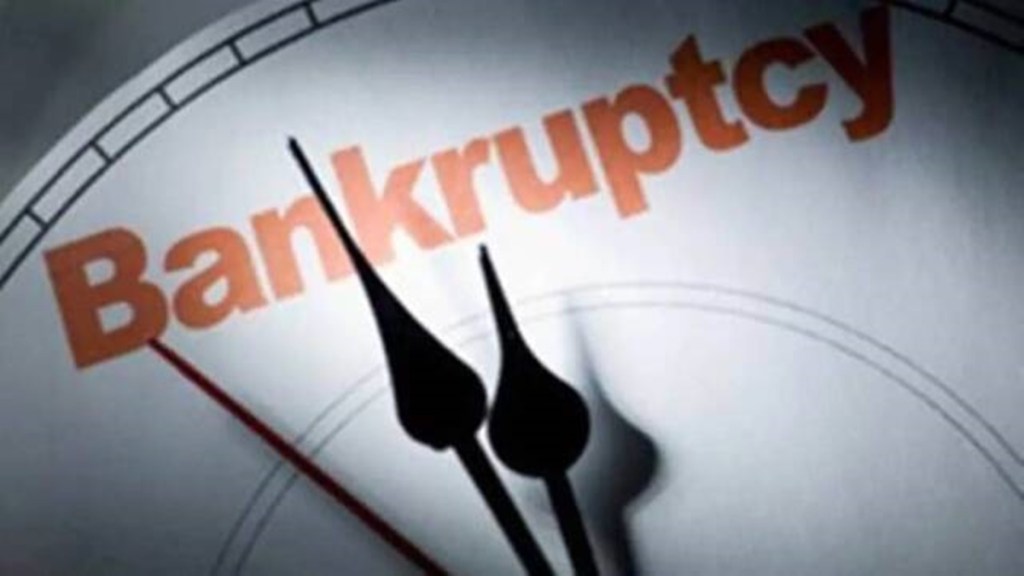In a discussion paper published on Wednesday, the Insolvency and Bankruptcy Board of India (IBBI) has proposed that the committee of financial creditors (CoC) may be asked to decide on the resolution plans for bankrupt companies through a new system where their votes can be transferred. There will be an implicit bar on an explicit negative vote. According to the proposal, if no plan achieves the required 66% votes for approval, the one with the least first-preference votes will be eliminated, its first preference allotted to the second-preference, and so forth. This process of elimination and exclusion, and the transfer of votes, increase the chances of any one of the available, compliant plans meeting the 66% threshold. The system of single transferable vote is prevalent in the elections to some of the highest political offices of the world. In India, the elections of the president and the vice-president are by electoral colleges consisting of the directly or indirectly elected people’s representatives, who cast “single transferable vote.” What allows this is the fact that, the candidates had already met the legitimacy bar, with avowed support from a certain segment of the empowered electors. Such voting is, however, rare and incongruous in the commercial arena, for the obvious reason that the process there must also include deliberate de-selection, given the possibilities of fraud, display of avarice, collusive bidding, and hostile takeover attempts.
Nonetheless, the insolvency regulator has a reason to make the proposal—the need to improve the chances of more resolution plans getting approved by the CoC. It wants to expedite the process of seizing the potentially delinquent assets for efficient redeployment. The regulator is supposed to have a bias for the seemingly better of the two possible outcomes of corporate debt mitigation process—“resolution.” Liquidation is treated as the last resort. Resolution would warrant restructuring and, in most cases, involve a change in ownership. The expectation is that, such resuscitation, which takes into consideration commercial realities, will best serve the interest of debtors, other stakeholders, as well as the larger economy, by maximising the value of assets rescued.
Also read: The true picture on the economy
Leave aside the question whether the preference to resolution over liquidation should be an inviolable norm that requires to be exercised in all cases, the IBBI’s proposed regulations may even struggle to pass the legal test. The Insolvency and Bankruptcy Code, 2016, the principal law, where the regulations draw strength from, envisages a shift from the “debtor-in-possession” to ‘creditor-in-control” regime. The proposed preferential voting for CoCs amounts to undoing this shift, and undermining the creditors’ prerogative to be a dissenter. Of course, the CoCs haven’t acquitted themselves well in all the prominent cases of insolvency since the IBC was born six years ago. In some cases, the haircuts—the debt lenders forego—have been deplorably high, and even worse than the would-be liquidation (junk) values.
Also read: The United States of debt
The way to address the issues with the IBC regime is not to institute a system of compulsive fast resolution that could lead all astray. Rather, the Code could be reformulated to plug the many loopholes and fix the responsibilities with all stakeholders. Lenders may be encouraged to improve their IBC performance, both in terms of time taken for process completion and recovery levels, through a system that comprise rewards and penalties for the senior management. Also, there needs to be acceptance of the fact that liquidation too is a very useful way to recycle assets.

